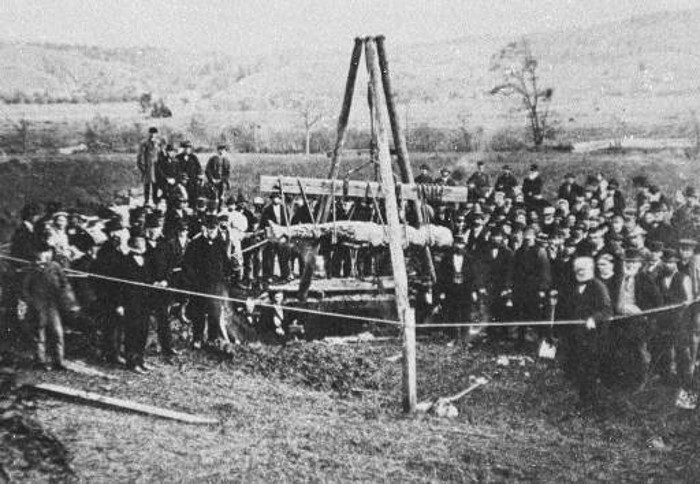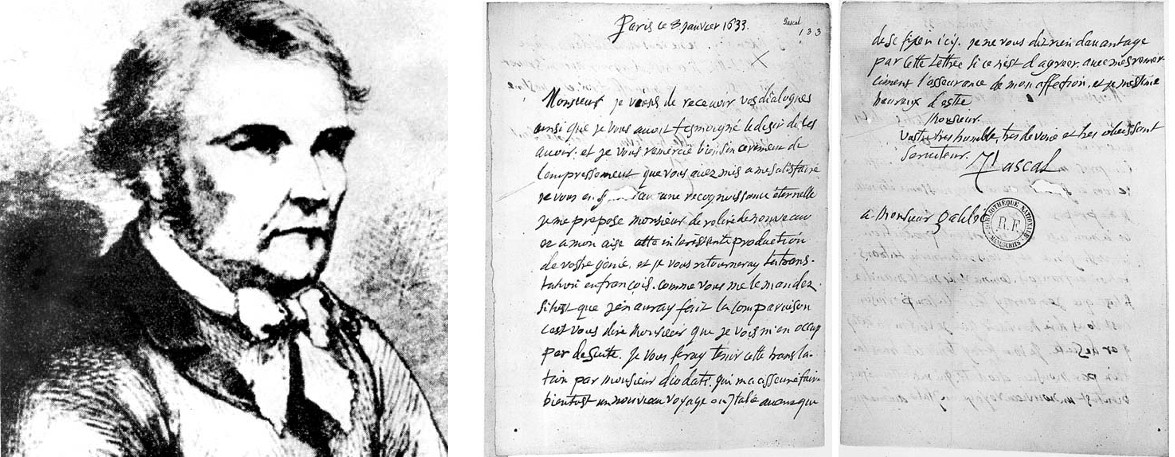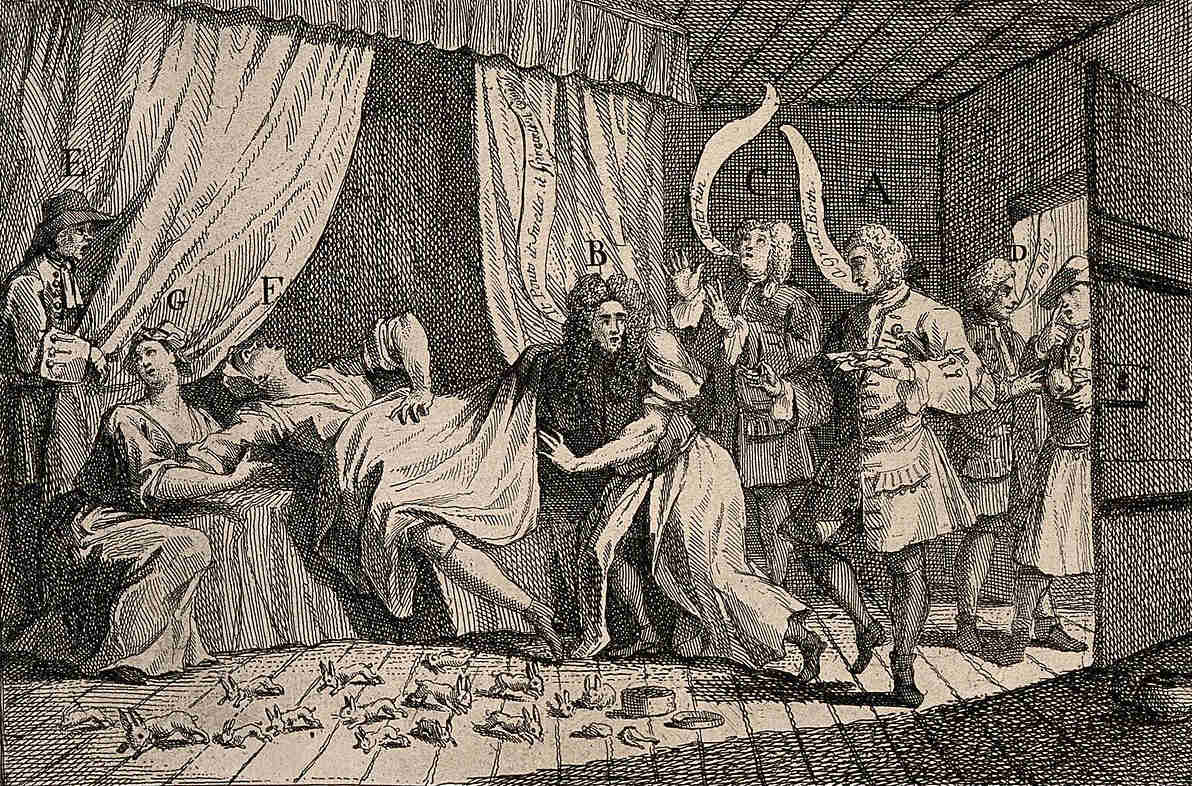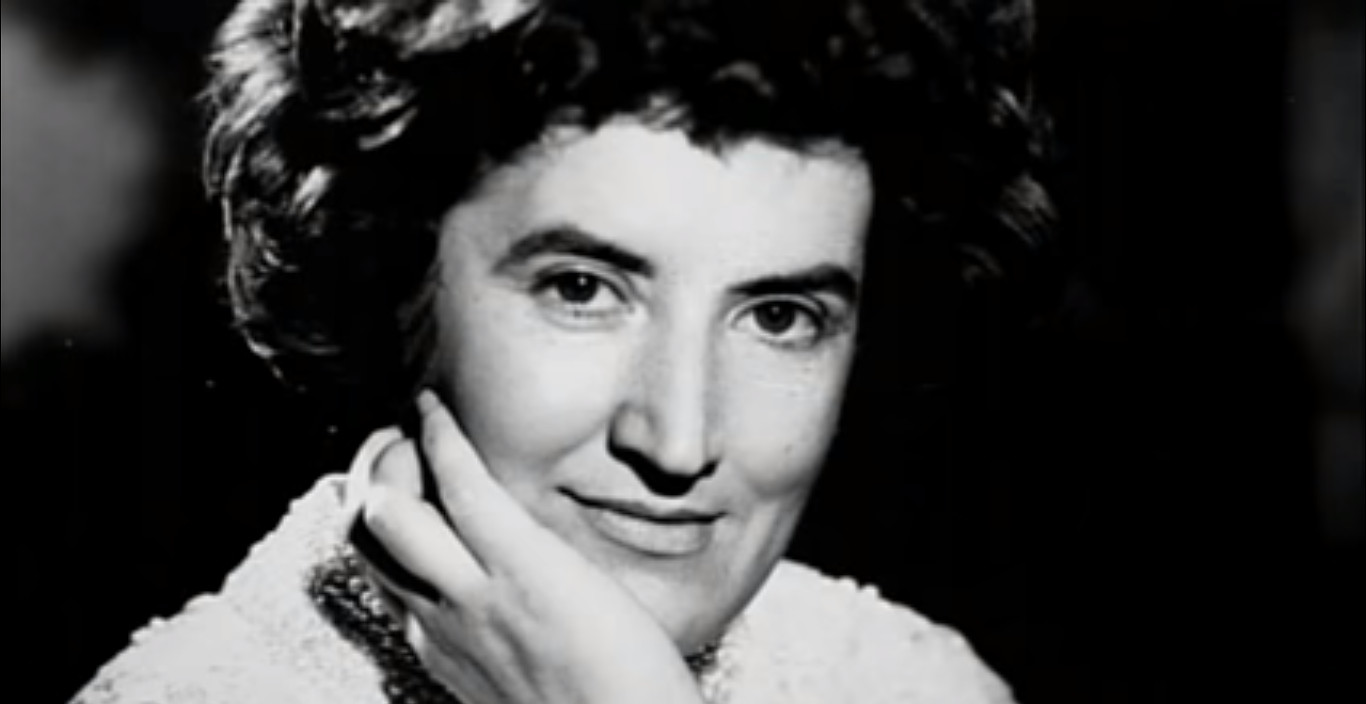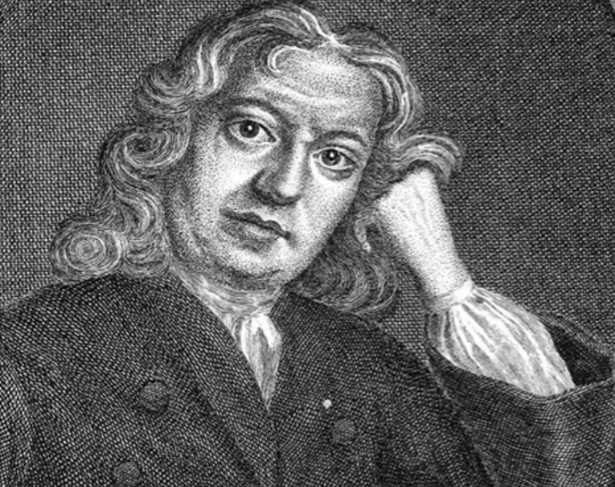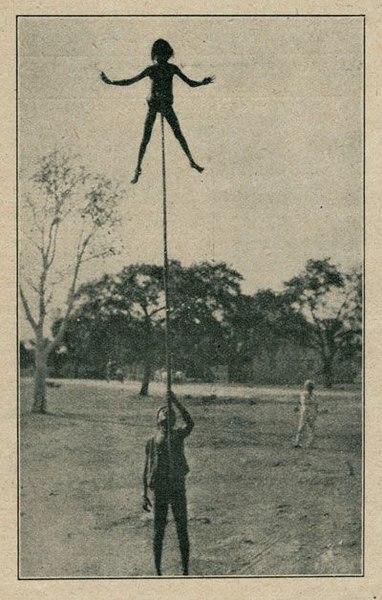On April 8, 1885, the St. Louis Evening Chronicle published an astonishing story — coal miner Tim Collins had broken into a forgotten cavern hewn by subterranean giants:
A large room, probably 65 by 100 feet in extent, showed itself dimly by the light of our tapers. It was about 20 or 25 feet from floor to ceiling, and had evidently been lighted from the top, though there were openings in the walls where, from appearances, great oaken blinds or doors had once been. These doors had rotted, and only small portions of them remained, small bits of which we chipped off with our knives as souvenirs of our visit. Further examination showed that this room had been used as a workshop but mechanics who had been at work long before Huram’s artificers hewed the architecture for Solomon’s temple. On each side near the walls, and also in the center, were found tables or benches where they had fashioned the work of their hands. These benches were of stone, and there were but few evidences of the character of work done. The wood that had been employed was damp, rotten and so covered with mold as to be almost indistinguishable in shape, and when touched, crumbled to dust. Tools were found on the benches, the handles of which had long since rotted away. But the tools themselves were in a good state of preservation and show that they were fashioned by master mechanics. A number of them were brought to the surface and are now exposed to the gaze of the curious.
The story drew worldwide attention for three days before it was revealed to be false — reporter J.W. Estes of the Moberly Daily Monitor had concocted it as a late April Fools’ Day hoax.
Collins was real enough — to keep off curiosity seekers he was forced to mount a sign at his mine’s entrance: NO BURRYIED SITY LUNATICKS ALOUD ON THESE PREMISES.
(From Kenneth L. Feder, Archaeological Oddities, 2019.)


